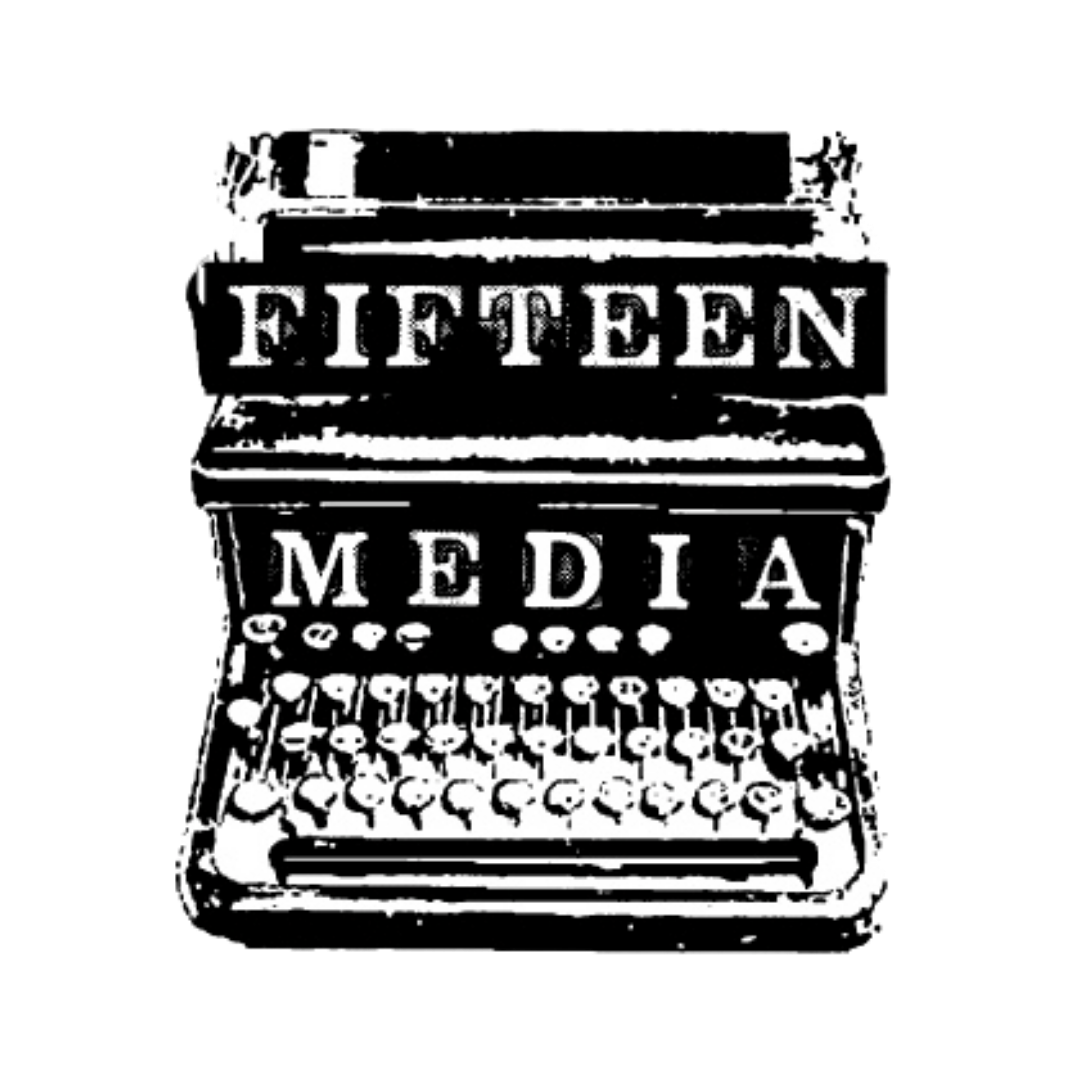Press Release Distribution: Is it Worth the Time and Money?
Press release distribution is a proactive way to get the word out about your small business and shape your own narrative. And with so many press release distribution services claiming it’s as easy as submitting your press release to get in the hand of all the media, it appears to be a no-brainer. But is it?
When you pay for services such as PR Newswire, PRgloo, PRWeb, Marketwired, EIN Presswire, etc., they wire your press release to a variety of different online outlets. It sounds good, but after working in this industry for a decade, I can tell you that nothing replaces targeting pitching.
Targeted pitching is when you select the publishers and reporters that make sense for your brand and directly send them a copy of your press release (or not, but we’ll get to that later). With a press release distribution service, you really have no control over who receives it. This means that a lot of recipients just won’t make sense for your brand.
All in all, I don’t think press release distribution is a bad idea, but it just may not be as effective as you might expect. Here are a few considerations to keep in mind.
Is it worth paying for press release distribution?
Press release distribution services are not too expensive. PRWeb charges between $99 to $389 per press release, depending on how many different channels you want it to be circulated on. For the more basic plans, your press release is posted on a website along with all the other press releases. In their more expensive packages, they will email your press release to “relevant, industry-specific influencers.”
I think this is really telling: in order to make their service more valuable, they do what you can do yourself for free.
The truth is that you can send your press release to relevant, industry-specific influencers using the same email you use to communicate with people everyday. There’s really no need to pay for a special service to send your press release to a specific reporter just like there’s no need to pay for a special service to send funny cat videos to your best friend.
Press release distribution vs the targeted pitch
There’s no good reason your press release needs to come from an automated distribution service, reporters will open your email even if you’re not a PR robot.
Plus, there’s no guarantee the reporters you want or need will read what comes through a press release distribution service. With little advantage over sending it yourself, I say send it yourself.
If you send a targeted pitch, you will know that your press release is in the hands of media that makes sense for your brand and you have the power to follow up and build that relationship. That’s what PR is really about.
Knowing who to pitch might be a challenge if you’ve never done it before, but in my Foundations Course, I teach several different ways to find high quality media contacts using free resources on the web. It’s not hard or expensive, you just need to know what you’re looking for.
The media communicates via email
Journalists and reporters get a ton of emails. It’s also their preferred method of communication. With so many pitches coming in already, they don’t have much reason to check out what’s being distributed on the wire.
The best strategy is to send your pitch via email directly to the contact and make it stand out. I won’t lie, it can be challenging to grab media attention on any front, but this is the most effective way. A good subject line and a concise pitch sent to a reporter who is already interested is much more likely to be read and get a response than anything else.
Why write a press release?
Press releases are a good way to put all of the important information in one place. It’s good to write a press release if you are launching something new and want everyone from your own employees, investors, and shareholders to the media and public to all have the same information.
But you don’t need a press release to get media attention.
This is a common misconception I hear all the time.
You can send a short and concise pitch just to grab the media contact’s attention and help them build a story from there without ever writing up a formal press release. So, before you invest your time and money into press release distribution, consider if it’s really needed in the first place.
If your goal is to get a single message out there, press release distribution is a relatively inexpensive method to do so.
But if you want to get media attention, you’re better off sending the pitch yourself.
